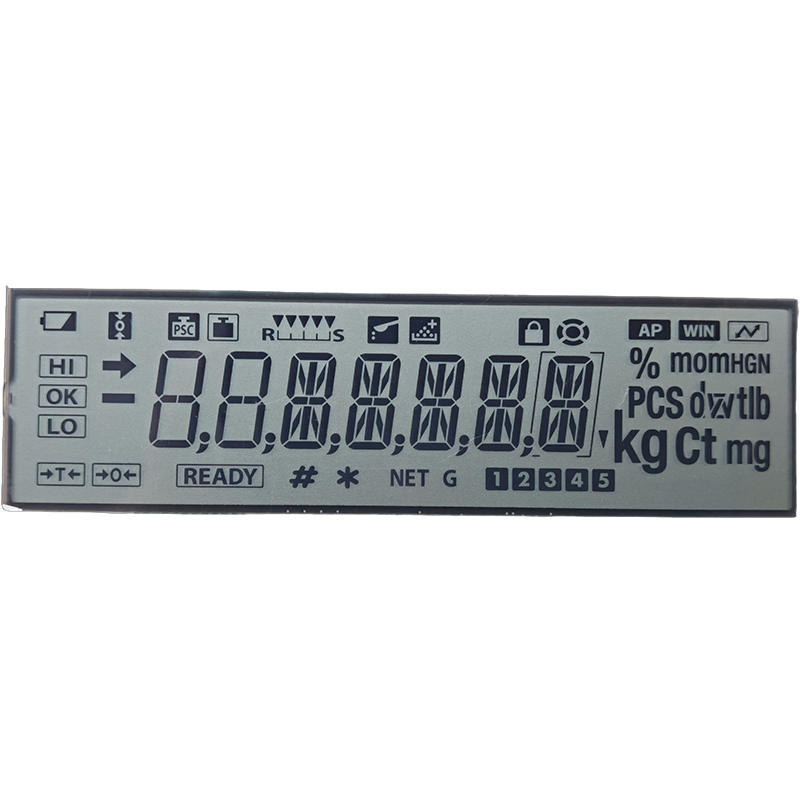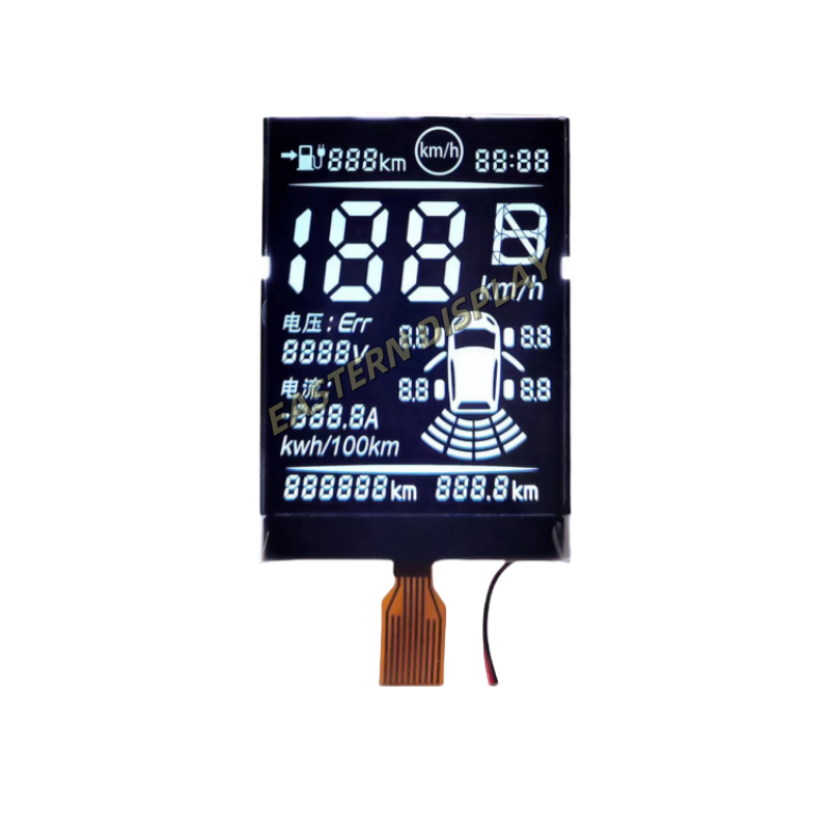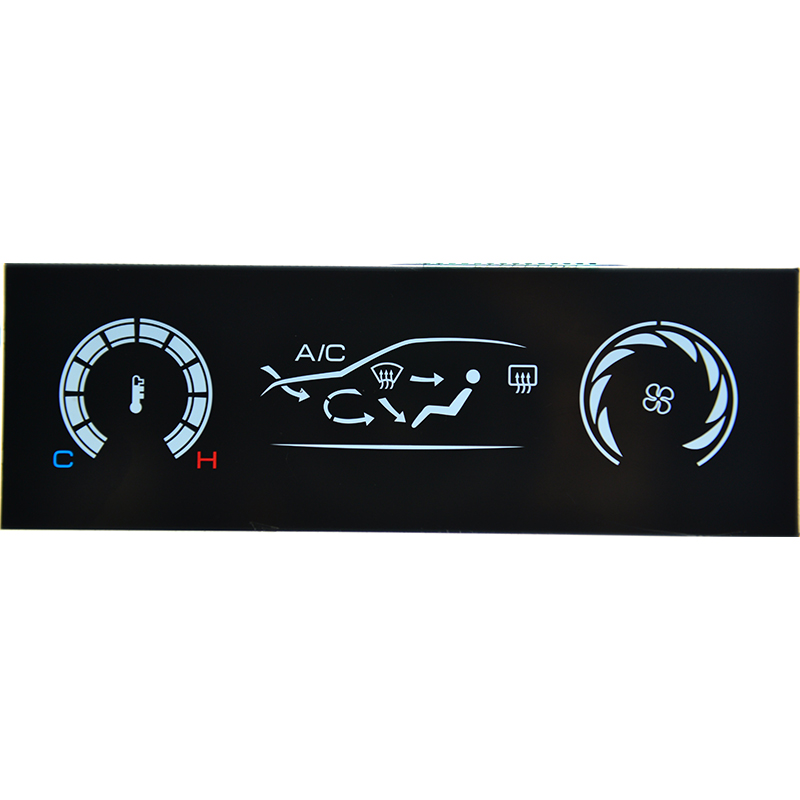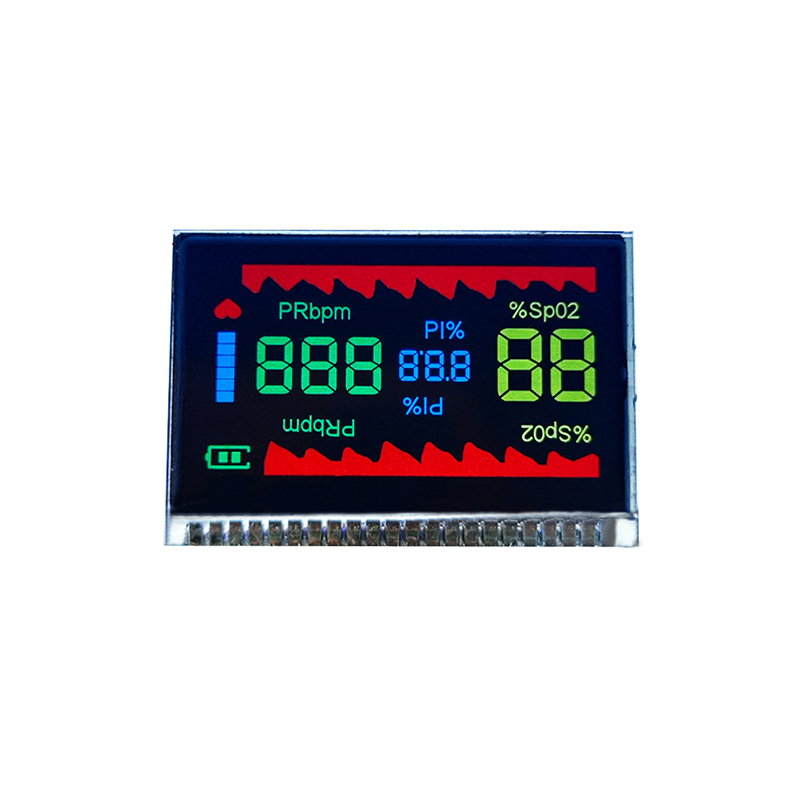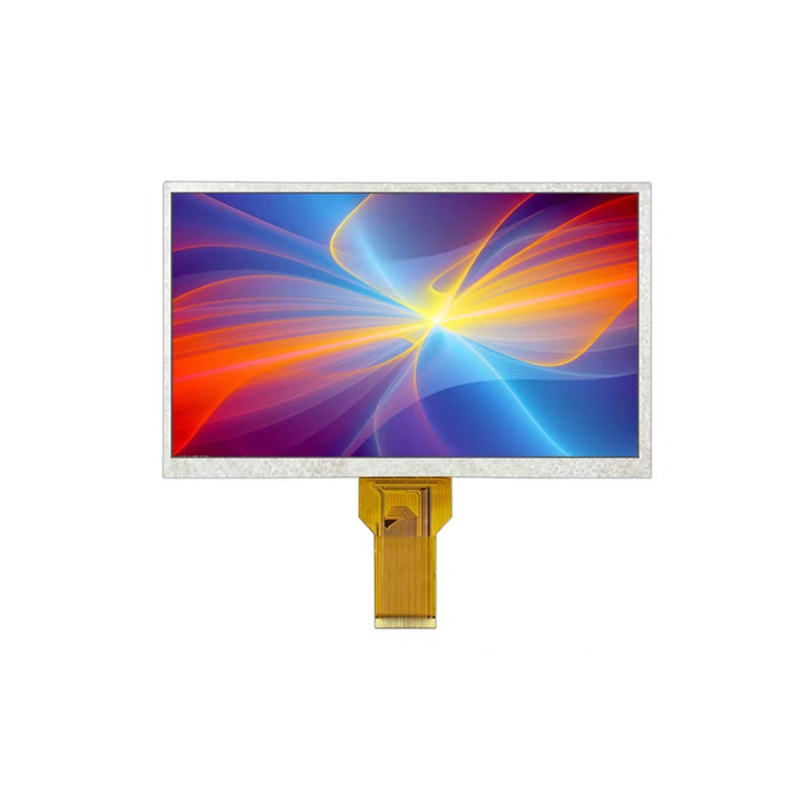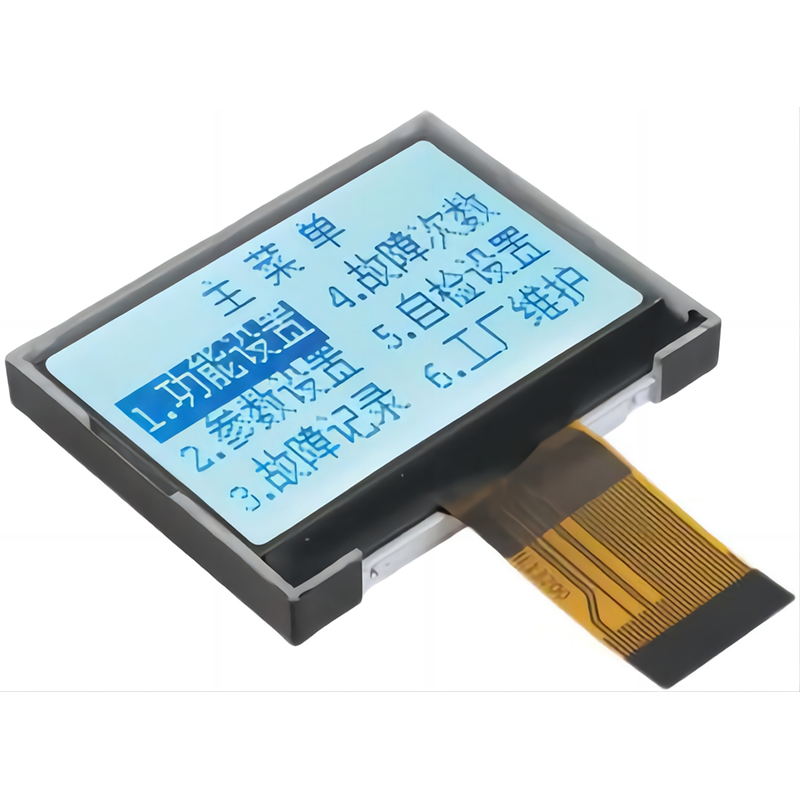This guide explores the world of OLED display mobile devices, helping you understand the technology, compare different options, and choose the perfect phone for your needs. We'll cover key features, advantages, disadvantages, and factors to consider when making your purchase.
Understanding OLED Display Technology
What is an OLED Display?
Organic Light-Emitting Diodes (OLED) are self-emissive displays, meaning each pixel generates its own light. This contrasts with LCDs (Liquid Crystal Displays), which require a backlight. This fundamental difference leads to several key advantages for OLED displays mobile phones.
Advantages of OLED Displays in Mobile Phones
OLED displays offer superior image quality with several key benefits:
- Perfect Blacks: Pixels can be completely turned off, resulting in true blacks and dramatically improved contrast ratios.
- Wider Color Gamut: OLED technology often supports a wider range of colors, leading to more vibrant and realistic images.
- Faster Response Times: OLED displays boast incredibly fast response times, making them ideal for gaming and watching fast-paced content.
- Thinner and Lighter Designs: The absence of a backlight allows for thinner and lighter mobile devices.
Disadvantages of OLED Displays in Mobile Phones
While impressive, OLED displays do have some drawbacks:
- Burn-in Potential: While modern OLED technology has significantly mitigated this risk, prolonged display of static elements (like a clock or always-on display) can potentially lead to image retention.
- Higher Cost: OLED displays are generally more expensive to manufacture than LCDs, leading to higher prices for mobile devices.
- Power Consumption: While improvements have been made, OLED displays can consume slightly more power than LCDs, potentially impacting battery life.
Comparing Different OLED Display Mobile Phones
Factors to Consider
When choosing a mobile phone with an OLED display, consider these factors:
- Resolution: Higher resolution (e.g., 1440p or higher) means sharper images.
- Refresh Rate: Higher refresh rates (e.g., 90Hz, 120Hz) result in smoother scrolling and animations. Gaming often benefits from high refresh rates.
- Brightness: Look for displays with high peak brightness for better visibility in sunlight.
- Color Accuracy: Some OLED displays offer better color accuracy than others.
- Size and Aspect Ratio: Choose a screen size and aspect ratio that suits your preferences and viewing habits.
Example OLED Display Mobile Phones (Note: Specific models and features change rapidly. Check manufacturer websites for the latest details.)
| Phone Model | Display Size | Resolution | Refresh Rate |
| Samsung Galaxy S23 Ultra | 6.8 inches | 1440 x 3088 pixels | 120Hz |
| iPhone 14 Pro Max | 6.7 inches | 1284 x 2778 pixels | 120Hz |
| Google Pixel 7 Pro | 6.7 inches | 1440 x 3120 pixels | 120Hz |
Choosing the Right OLED Display Mobile for You
Ultimately, the best OLED display mobile phone for you depends on your individual needs and budget. Consider the factors discussed above, read reviews, and compare prices before making your decision. For high-quality OLED display panels and solutions for your display needs, consider exploring Dalian Eastern Display Co., Ltd. – a leading provider of advanced display technologies.
1Samsung Galaxy S23 Ultra Specifications: https://www.samsung.com/us/smartphones/galaxy-s23-ultra/
2iPhone 14 Pro Max Specifications: https://www.apple.com/iphone-14-pro/
3Google Pixel 7 Pro Specifications: https://store.google.com/product/pixel_7_pro?hl=en-US


